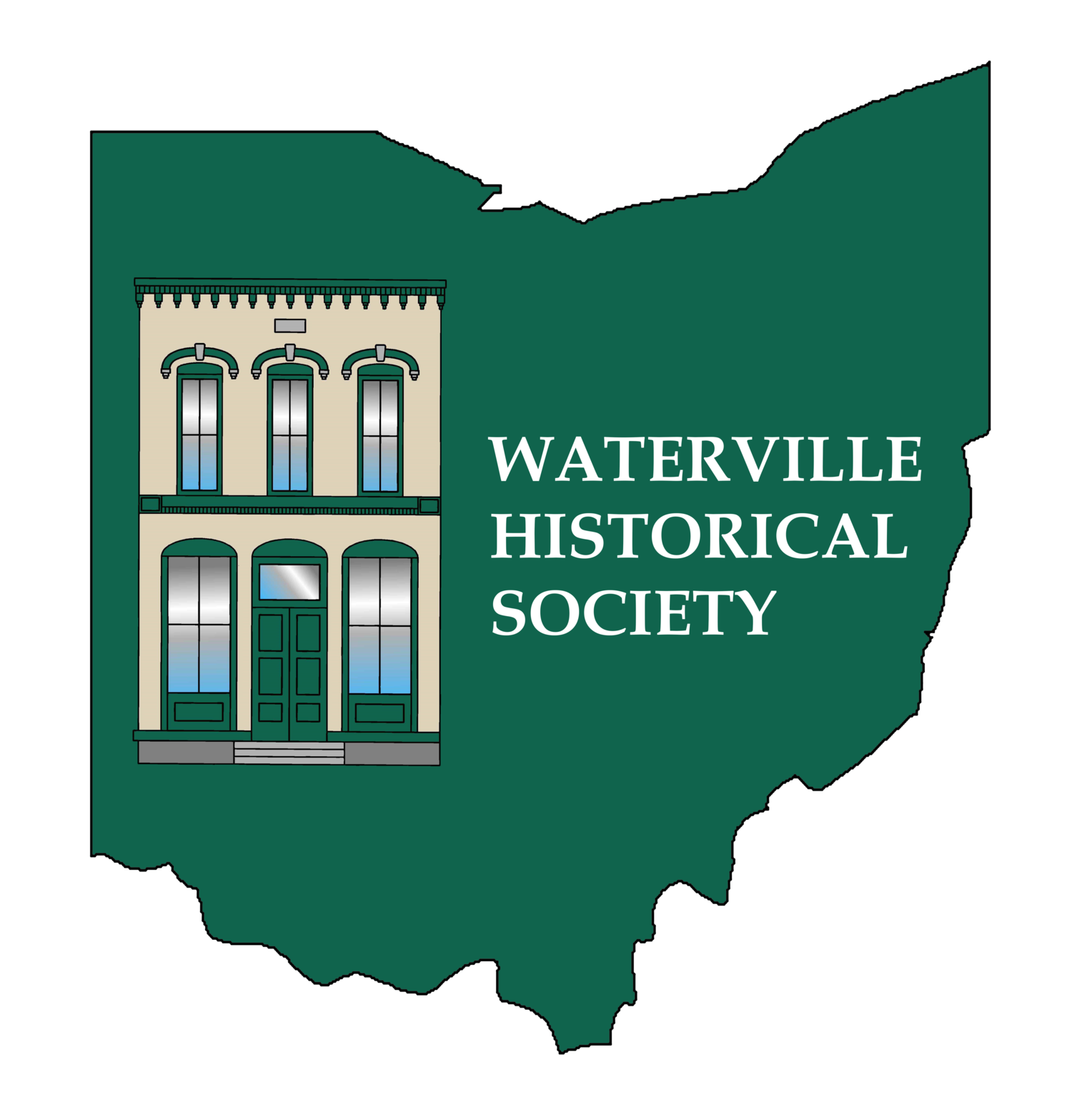World War II --- Some Suffered Much And Returned Home
Larry Noward was drafted into the U.S. Army November 11, 1942 and after basic training was trained in heavy weapons (machine guns and mortars.) He then was sent for jungle training in Alabama and Tennessee. After that the Army needed men for desert warfare in N. Africa so he did desert training in Arizona. When nearly done with that, the North Africa campaign was ending, so Larry was sent to college in California to study engineering. This was by far his easiest and most pleasant duty station, however the army soon realized they had too many would-be officers and not enough fighting enlisted men, so canceled the school. Larry then spent two months in a light infantry division doing mountain warfare training until, again not needed, they were all sent to an infantry division preparing to go to Europe for a final assault on Germany. He was then trained as a radioman with a heavy weapons company. Finally, two years and nearly two months after entering the army, Larry and the entire division were shipped to France, leaving January 10, 1945 and arriving ten days later. They were assigned to Patton’s 3rd Army and spent six or seven weeks in the cold European winter orienting and training for the expected combat. Finally, on March 14th, they reached the front lines as replacement troops for combat veterans. The very next day, March 15, his unit took their first casualties. Typical of many W.W. II veterans, Larry’s memoirs give very little information on his own combat experience. He mentions difficult river crossings including crossing the Rhine River at St. Goar in boats on March 25-27 and casualties there but never talks about any personal combat. He does mention seeing the ugly results, death and devastation on entering towns. The Third Army moved through Germany very rapidly, but Larry injured his foot in a Jeep accident and was in a field hospital when Germany surrendered on May 7, 1945. His unit spent a short time as occupation troops, then were shipped back to France where they first landed. There, many combat veterans, especially wounded or P.O.W.s were being shipped to England or back home. Here our hero was given his last military specialty for which he never trained, being assigned as Motor Sargent. October 27 he was sent to Lintz, Austria, assigned to a different unit and in charge of a large motor pool there. Here at least he found time to do some recreational skiing in the Austrian mountains. Finally on March 14, 1946, his time in-service, based on a point system, was nearly up. He was sent to a German port of departure, and left for the U.S.A. on March 26th and arrived April 5th. He was discharged on April 10th at Camp Atterbury, Indiana, in time to marry the girl he left behind, Miss Betty Wagner of Bowling Green on April 21, 1946.
Author’s note: Larry Noward’s story, self-titled “Not My Best 3 ½ years” can be found in the Wakeman Archives in the Noward Family File. It is an interesting read.



